At Sanchez-Navarro Plastic Surgery, we specialize in advanced rhinoplasty procedures to help patients achieve facial balance and improved confidence. The nose is the centerpiece of the face. Many patients seek to reshape a bulbous tip, correct nasal asymmetry, or improve airflow. Thanks to advances in medicine, achieving a harmonious look and, in some cases, resolving breathing difficulties is possible. Every surgery performed by our specialist, Dr. Francisco Sanchez-Navarro, is characterized by a unique experience and creativity. Having done more than 20,000 operations, he has been able to give many patients an improved but still natural and elegant look. Our goal is to provide patients with results that make them feel good about themselves and align with their wishes for an improved appearance.
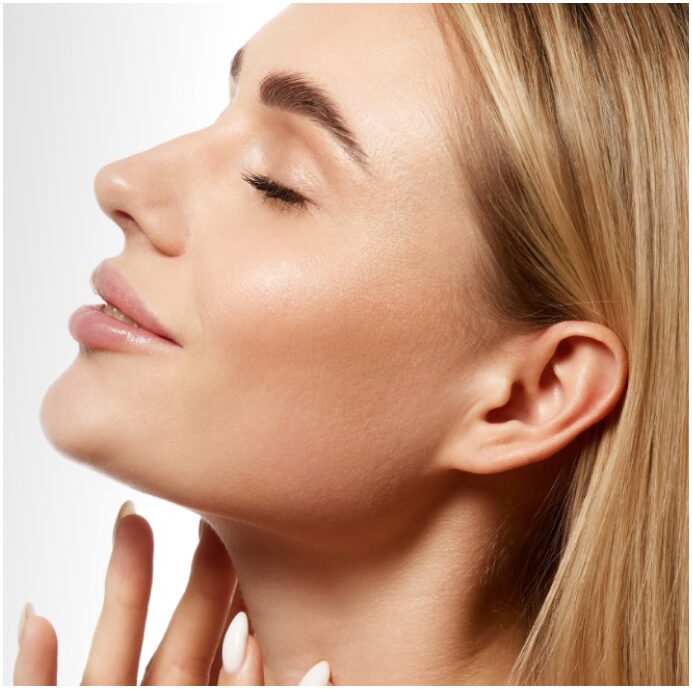
Rhinoplasty, commonly called “nose surgery” or a “nose job,” is the surgical art of reshaping and refining the nose. During this procedure, Dr. Francisco Sanchez-Navarro carefully changes the shape of the underlying nasal structures to achieve the patient’s desired cosmetic or functional outcome.
View our Rhinoplasty results
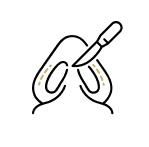
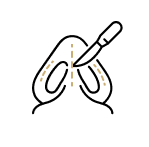
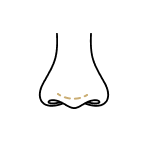
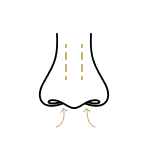
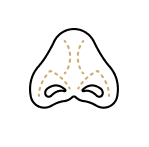
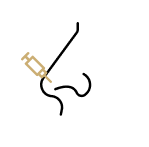
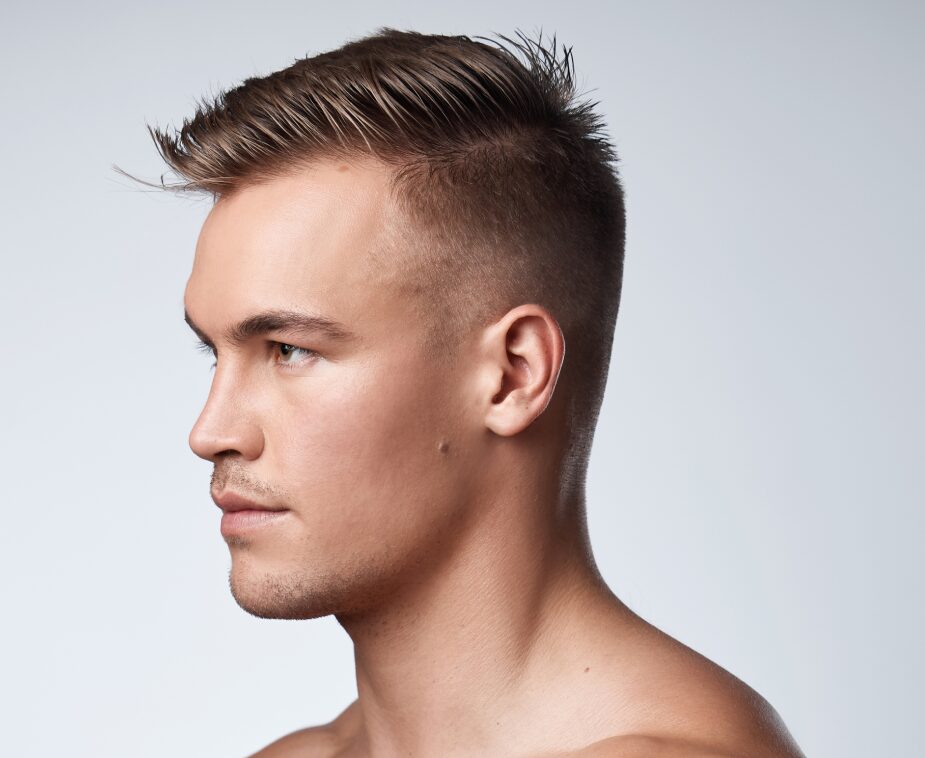
Immediate Recovery
Initial Weeks
Long-Term Outcomes
Rhinoplasty is the best operation for patients who want to change something in their nose, be it the shape, size, or functionality. Here are the main points that determine whether someone is a good candidate or not:
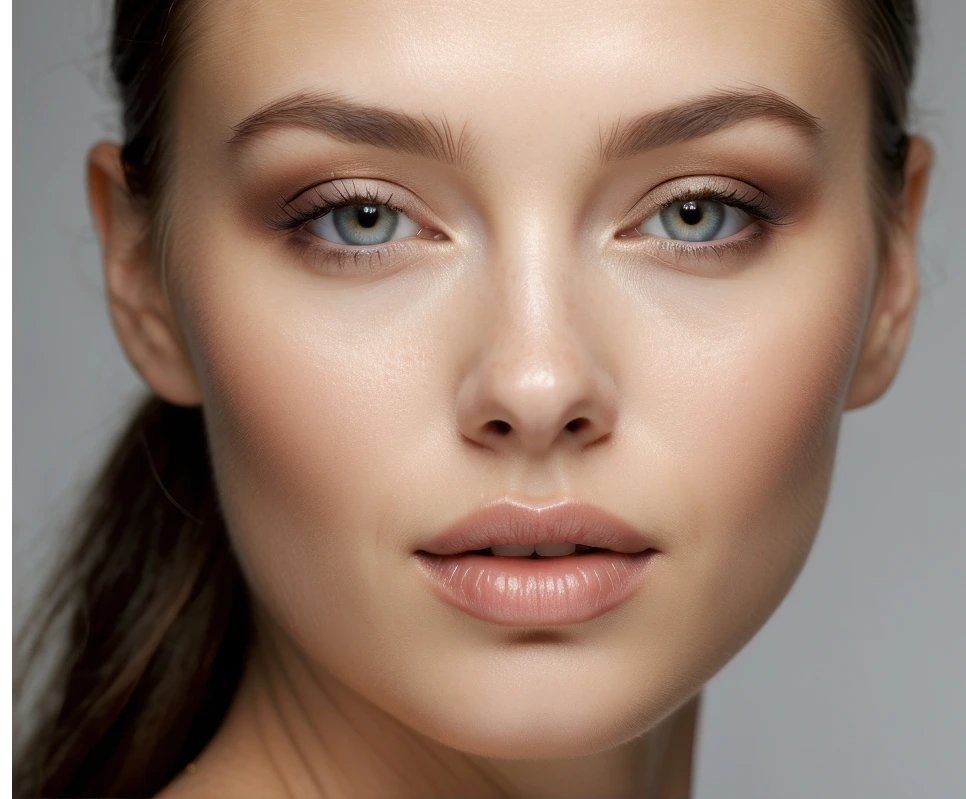
The average cost of rhinoplasty in Tucson, AZ, ranges between $6,000 and $15,000. The quoted price usually encompasses the surgeon’s fee, anesthesia, operating room expenses, and some basic post-surgical supplies. The price of rhinoplasty depends on the difficulty of the surgery, whether it’s purely cosmetic, functional, or both. It also goes up in the case of revision rhinoplasty or those requiring intensive changes. Patients interested in rhinoplasty should schedule a consultation with Dr. Francisco Sanchez-Navarro to receive a personalized quote.
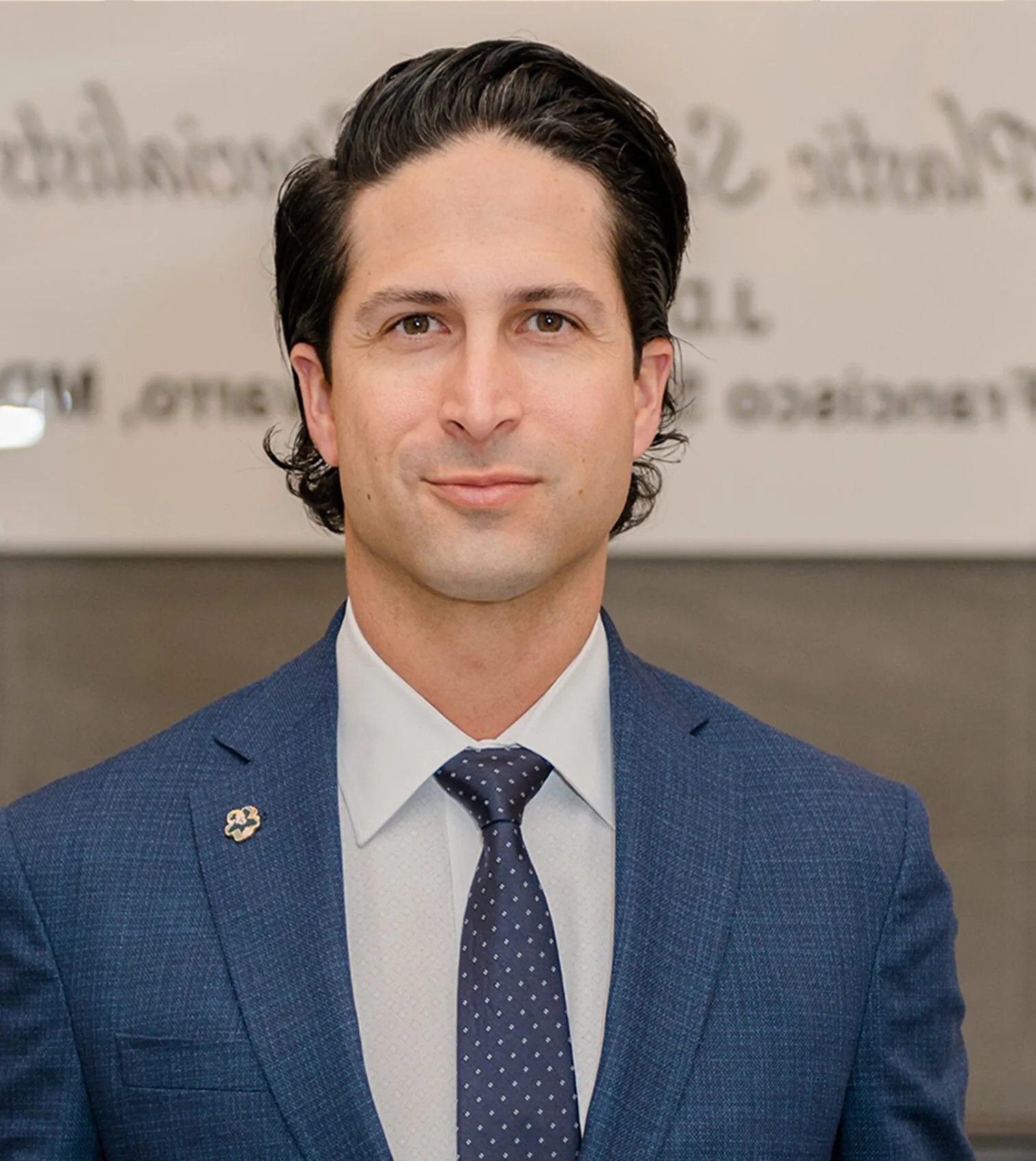

My goal is to make my patients excited about the way they look, and more importantly, the way they feel.